Never before have so many paintings by the baroque painter Jan Vermeer been shown at once. In Amsterdam, the master of silence provides the art sensation of the year.
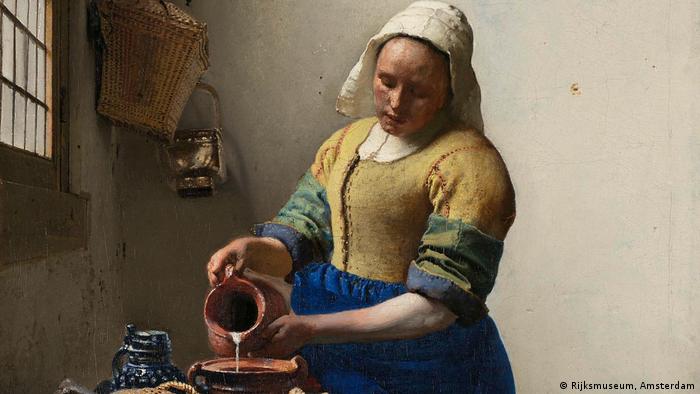
“The Milkmaid” – one of the highlights of the Vermeer show in Amsterdam
Two houses in frontal view. In the courtyard gate a maid bends over a barrel. She has scrubbed, the water in the gutter is still shimmering. Two children are playing on the sidewalk. A woman sits in the doorway, doing needlework. The scenery lasts just a moment and yet an eternity, a snapshot of bourgeois Delft in the 17th century. She was captured by the most famous painter of his time, next to Rembrandt (1606-1669), Jan Vermeer (1632-1675), whose real name was Johannes Vermeer.

A glimpse into everyday life in the 17th century: Vermeer's painting “The Little Street”
He masterfully brought the different materials onto the canvas: the rough brick, the smooth, stained glass windows, the wooden shutters, the piece of wall plastered in white. Everything looks real, almost photographed: the play of light and dark, the perspectives, the serene calm.
28 masterpieces from all over the world
“The Little Road” is a masterpiece, as are all of Vermeer's other paintings that have survived. There aren't many. When he died in December 1675 at the age of just 43, his oeuvre comprised 37 paintings. 28 have now come together in the Rijksmuseum in Amsterdam, eight more than 26 years ago in the Mauritshuis in The Hague. The works of art were borrowed from the major international museums and from private collections in Europe and the USA. Private sponsors dig deep into their wallets. The result is the largest pure Vermeer show to date – a sensation!

The Rijksmuseum in Amsterdam is presenting in a major exhibition of Vermeer's masterpieces
It is difficult to describe what attracts Vermeer fans: Vermeer's handling of brush and paint, his technical skill, the virtuoso play with light effects, the composition, the faithfulness to perspective. “Vermeer was a master of light,” says Gregor Weber, co-curator of the Amsterdam show. No artist has painted light like Vermeer, on the one hand realistic and yet full of enigmatic calm.
The master never left Delft
Diana, goddess of the hunt, surrounded by companions, one washing Diana's feet. A scene from ancient mythology. The story of the chaste goddess was a popular subject in Dutch painting. The young Vermeer also idealized the characters. Italian influences are visible. And that despite the fact that the Delft bourgeois son never left his hometown.
Amsterdam and the Golden Age
From biblical stories to everyday scenes
At 21, Vermeer enrolled in the Delft Guild of Saint Luke, as a master painter. He first took up historical themes: scenes from the Bible, from ancient history, legends of saints. His brushwork appears bold, creating large areas of color whose strong light-dark contrasts are reminiscent of Italian models, such as Caravaggio (1571-1610). Science is still puzzling as to why Vermeer changed his subject after 1656.
Burglary? No, a leap in development is Vermeer's switch to genre paintings. He now brought everyday scenes into the picture: a maid pouring milk into a jug. A young girl writing a letter; a daughter from a good family in the music lesson on the virginal, a kind of mini-harpsichord. All interiors – with the exception of those two famous city views, the “Street in Delft” and the “View of Delft”.
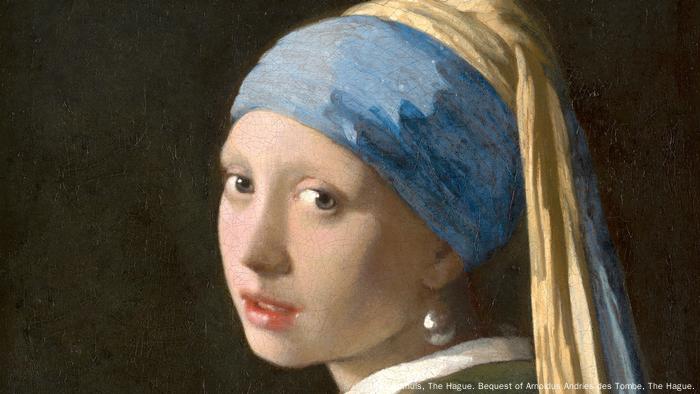
Beguiling: “The Girl with a Pearl Earring” is probably Vermeer's most famous painting
They are imaginary interiors and yet they give intimate insights into everyday life in the 17th century. Time seems to stand still. “Vermeer's paintings aren't narrative in the sense that there's a lot going on, there's running around, there's horses galloping or something falling and people fighting or anything,” says Vermeer expert Weber. “His Pictures are always very still, very introverted.” Vermeer's paintings hide a secret. It is precisely this stillness that fascinates today's audience.
Jan Vermeer, the master of light
Was it Pieter de Hooch (1629-1684) who influenced Vermeer? Science is still looking for answers. Vermeer's painting technique refined over the years. With small dabs of color he created the illusion of light dancing on the surface, things become plastic. The pearl of the girl with the pearl earring, for example, a reflection of light, no more, but also no less!

“The milkmaid” under the microscope: Science keeps making exciting discoveries
Vermeer was famous for his pointillism. In 1664 and 1665 he painted interiors that stylistically belong together: it is always the young woman, sometimes with scales, sometimes with a water jug by the window, with a pearl necklace or as a “letter-writer in yellow”. Idealized scenes from everyday life, each well composed.
Contrary to what was previously assumed, the Master of Delft did not use the camera obscura to find his perspective. He handed him a nail, which he stuck into the wood to draw his lines of perspective with the thread. Other painters also used this technique. The small hole at the vanishing point: conservators discovered it by X-ray in many of the Vermeer paintings examined.
On top of that. They also brought to light the painter's original intentions: A lute, for example, in the picture “Young Lady with a Pearl Necklace”, a naked youth in the picture “Girl Reading a Letter at the Open Window”, which Vermeer or an artist painted over after him, because this was regarded as a erotic allusion would have been understood.
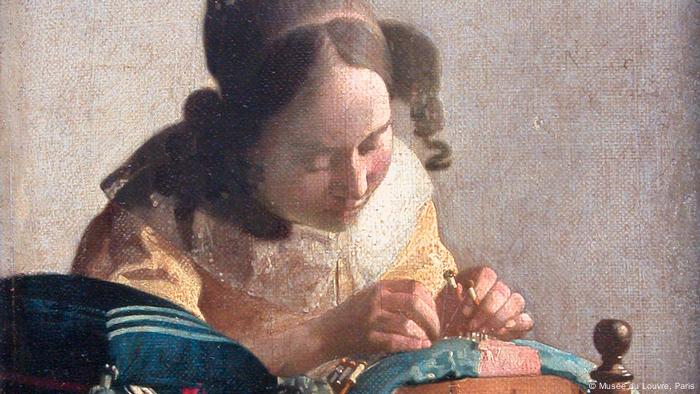
“The Lace Maker” was created around 1670/71 and is an image from Vermeer's late phase
Vermeer's late paintings are characterized by strong incidence of light, the painting technique seems simplified. It is possible that the Delft Master painted his last picture in 1675: “Seated Virginal Player”. In the Amsterdam Rijksmuseum, unlike in The Hague, the works hang in spacious rooms where heavy curtains create an atmosphere. All paintings are protected with a glass pane. With good reason: climate activists only treated the world-famous “Girl with a Pearl Earring” with glue and red liquid in October. It was undamaged.
Jan Vermeer died in poverty in 1675. He left behind a wife and ten underage children. Soon after his death, the artist was forgotten. Art historians only rediscovered his work in the 19th century. Today, Vermeer is one of the greats, mainly because of the quality and originality of each painting – all of them masterpieces.
A few days before the opening of the exhibition on February 10th, 2023, 150,000 tickets have already been sold. The show at the Rijksmuseum has what it takes to be the art event of the year.


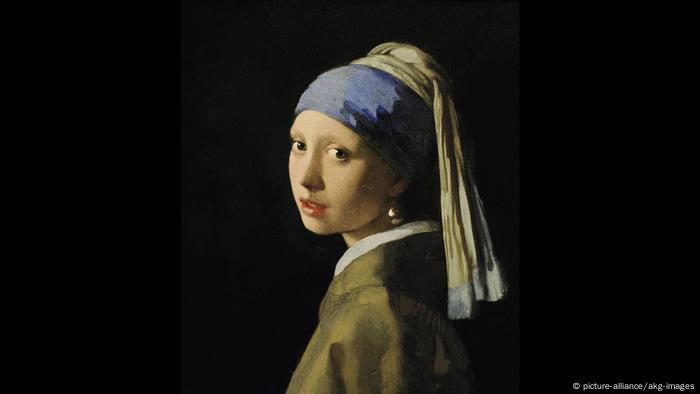 Mysterious paintings: famous works of art and their mysteries
Mysterious paintings: famous works of art and their mysteries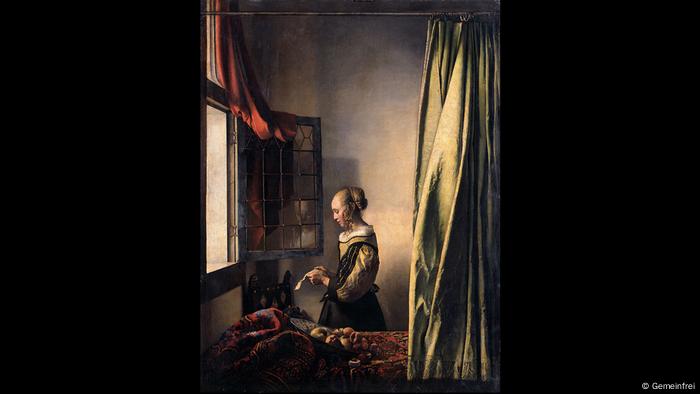 Enigmatic Paintings: Famous Works of Art and Their Secrets
Enigmatic Paintings: Famous Works of Art and Their Secrets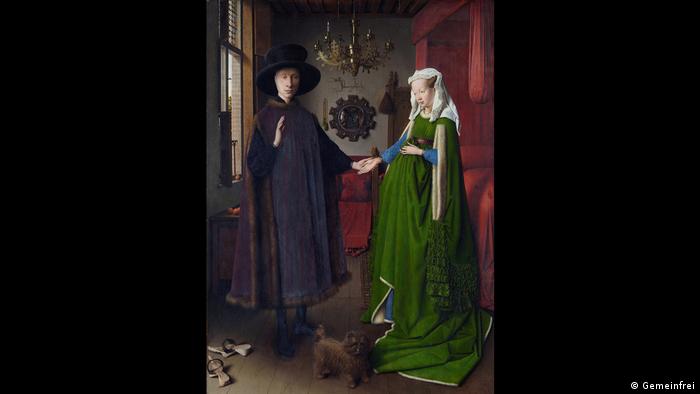 Enigmatic paintings: famous works of art and its secrets
Enigmatic paintings: famous works of art and its secrets Mysterious Paintings: Famous Works of Art and Their Secrets
Mysterious Paintings: Famous Works of Art and Their Secrets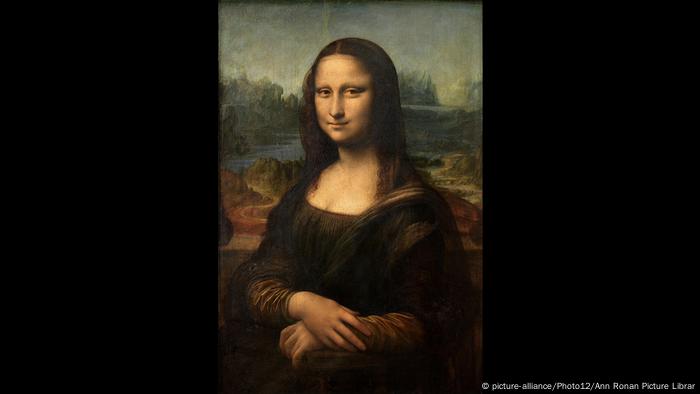 Enigmatic paintings: famous works of art and their secrets
Enigmatic paintings: famous works of art and their secrets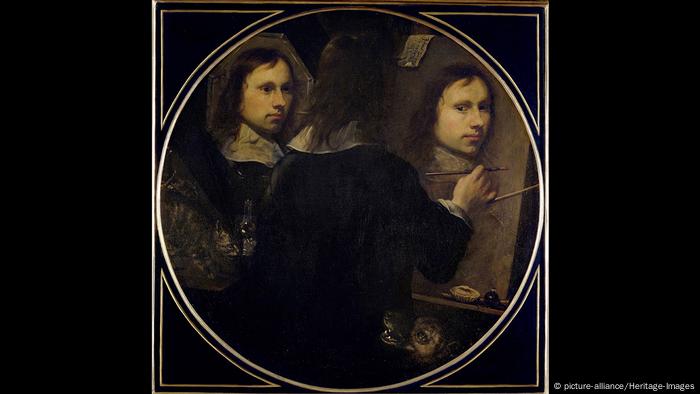 Enigmatic paintings: Famous works of art and their mysteries
Enigmatic paintings: Famous works of art and their mysteries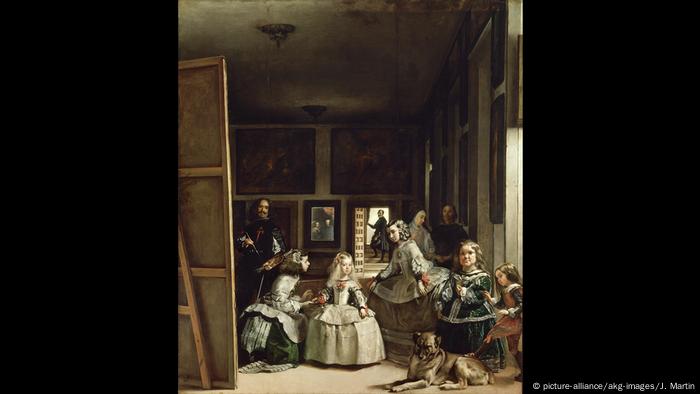 Mysterious Paintings: Famous Artworks and Their Secrets
Mysterious Paintings: Famous Artworks and Their Secrets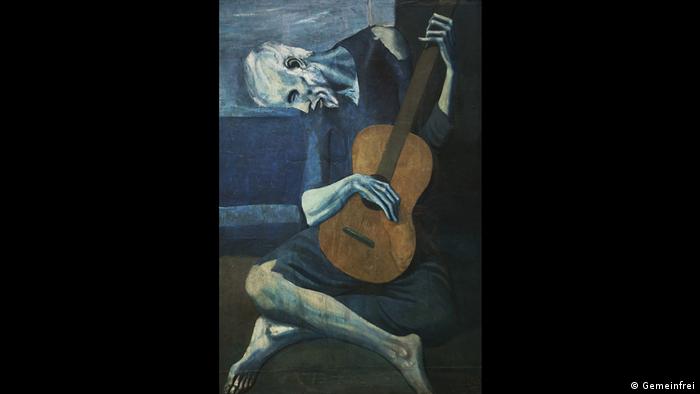 Mysterious Paintings: Famous Artworks and Their Secrets
Mysterious Paintings: Famous Artworks and Their Secrets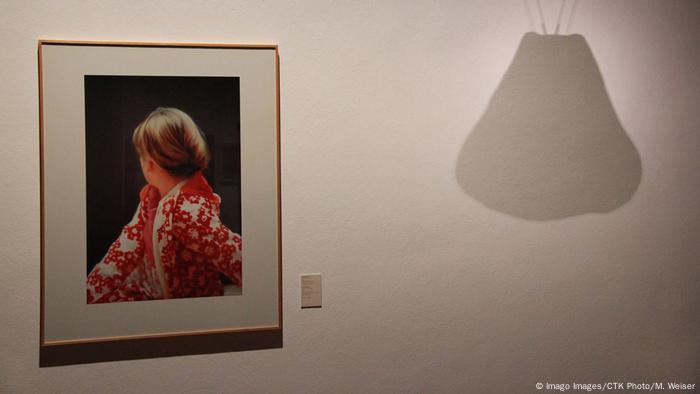 Enigmatic Paintings: Famous Works of Art and Their Secrets
Enigmatic Paintings: Famous Works of Art and Their Secrets